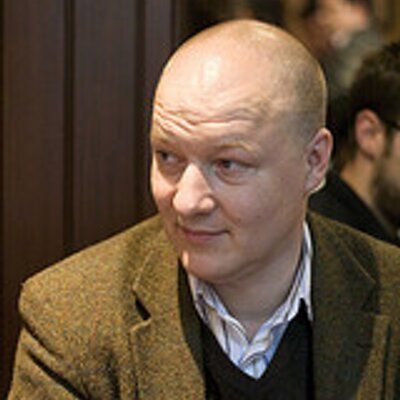2,734 reads
Designing for constant evolution
by
January 31st, 2017

I like ducks, they're fowl but not through choice. Thought Lord. Lives in a swamp. Future picture painted by AI.
About Author
I like ducks, they're fowl but not through choice. Thought Lord. Lives in a swamp. Future picture painted by AI.